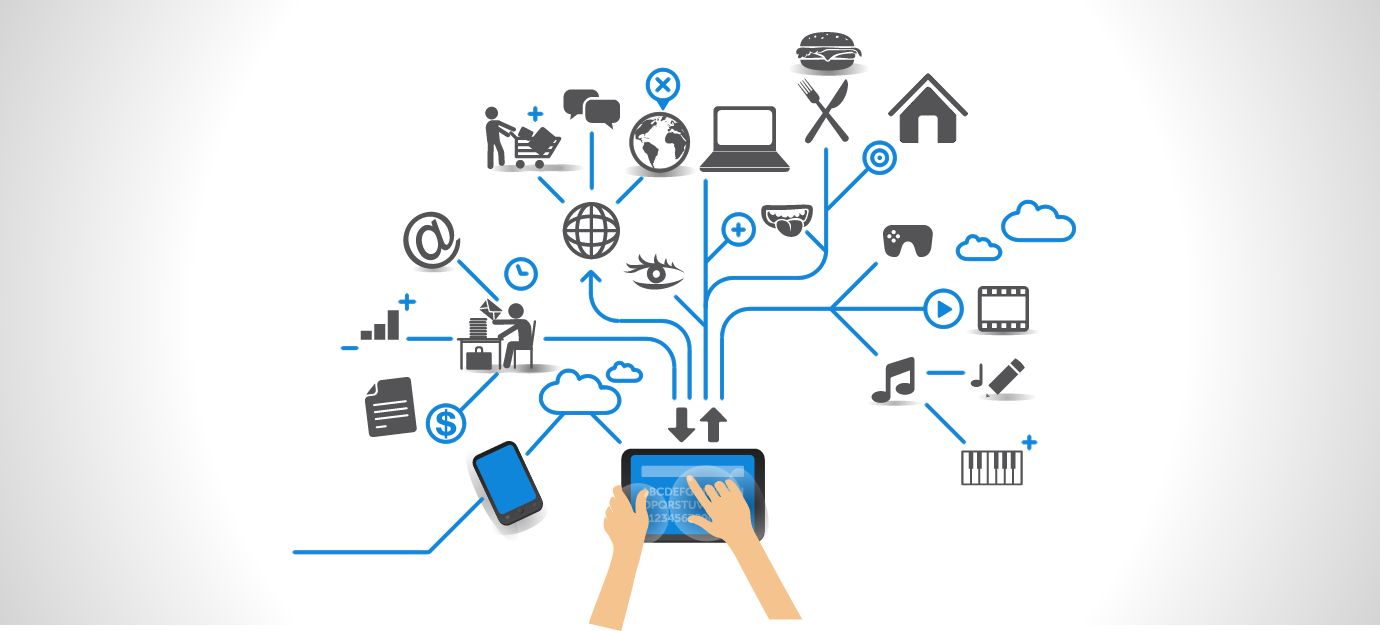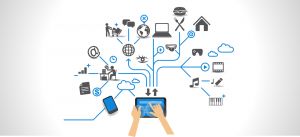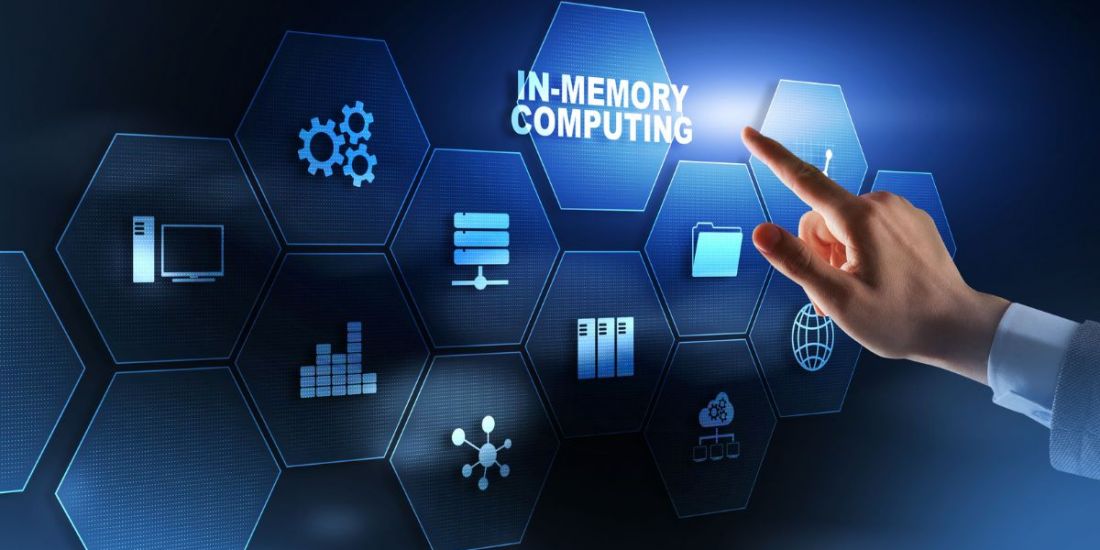
The Internet of Everything will change the world
 The Internet of Everything (IoE) is the networked connection of people, data, process and things, and it should be understood as the next evolutionary stage of the Internet of Things (IoT) – that is, a technology concept that sees previously unconnected objects and processes being converged with the ones that are digital-first by their nature.
The Internet of Everything (IoE) is the networked connection of people, data, process and things, and it should be understood as the next evolutionary stage of the Internet of Things (IoT) – that is, a technology concept that sees previously unconnected objects and processes being converged with the ones that are digital-first by their nature.
The ultimate promise of the IoE is a system where machines talk to other machines to get complex tasks done on behalf of humans. We are heading into an instrumented world, in which intelligence is widely distributed across the physical landscape, basically turning everything into a possible machine.
And by machines we can mean anything, like sensors on cars talking to data centers that talk to cell phones that talk to blood pressure monitors. These sensors will generate great amounts of data we never had before from the physical world. And then cognitive computers capable of learning and sorting information will make sense of the waves of data and give us knowledge and capabilities we never thought possible. We’ll tap that system by just asking a question, similar to when IBM’s Watson computer played Jeopardy! in 2011.
Disaster recovery of Everything
So how might IoE impact the real world? The best example is in case of a disaster, when normal communications doesn’t work and people lose track of loved ones, with no easy way of finding them. Today, Google offers a Person Finder service, but it shows just how far we are from a completely connected network of machines and things. At the moment, Google has to ask first responders to manually upload data to Person Finder or embed some Google code on their websites, being a human-driven process.
In an IoE world, every ambulance and fire truck, every medical device, could talk to the network, sending information back to a database that can then interact with other databases. Even clothing people wear could be used to communicate. Let’s say someone caught in a future disaster is wearing shoes embedded with a GPS and chip that regularly sends vital statistics through the digital cloud to a database. Emergency personnel could find the injured wearer within minutes and treat him/her on the scene. Nike operates such a system now with its Nike+, which knows basic data about the wearer—size, weight, heart rate.
Google’s Person Finder or a Facebook application could evolve into a system with permissions that identifies all the information it is connected to, much like a digital private detective, piecing it together and bring conclusions on behalf of human “clients,” whether they are doctors, friends, or government agencies.
There’s a lot to explore about the IoE, and it’s hard to know what it will really look like when we get there. But one thing’s for sure: everything will change with the Internet of Everything.
Photo source: http://www.datasitecolo.com/wp-content/uploads/2014/12/IoT-Graphic.png




